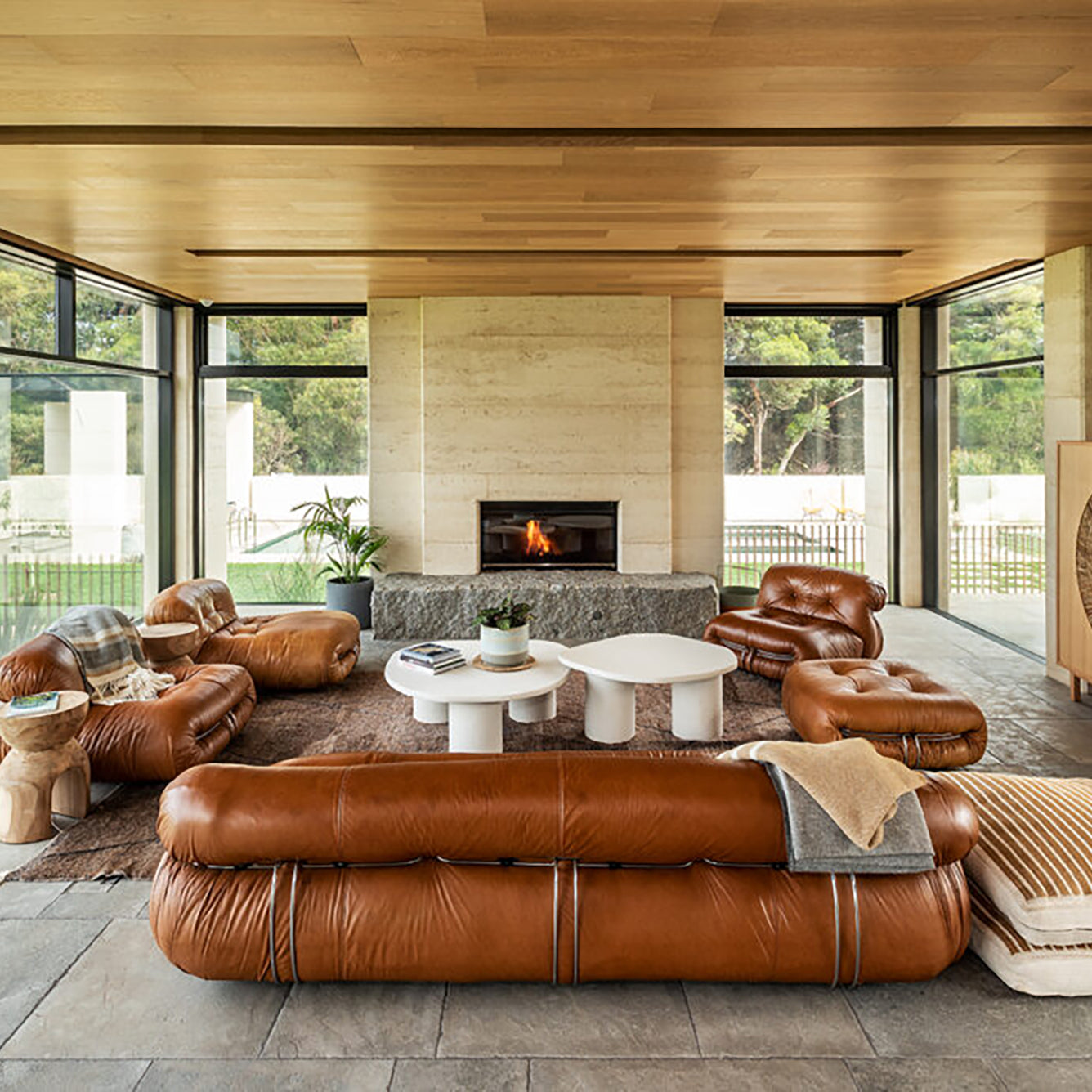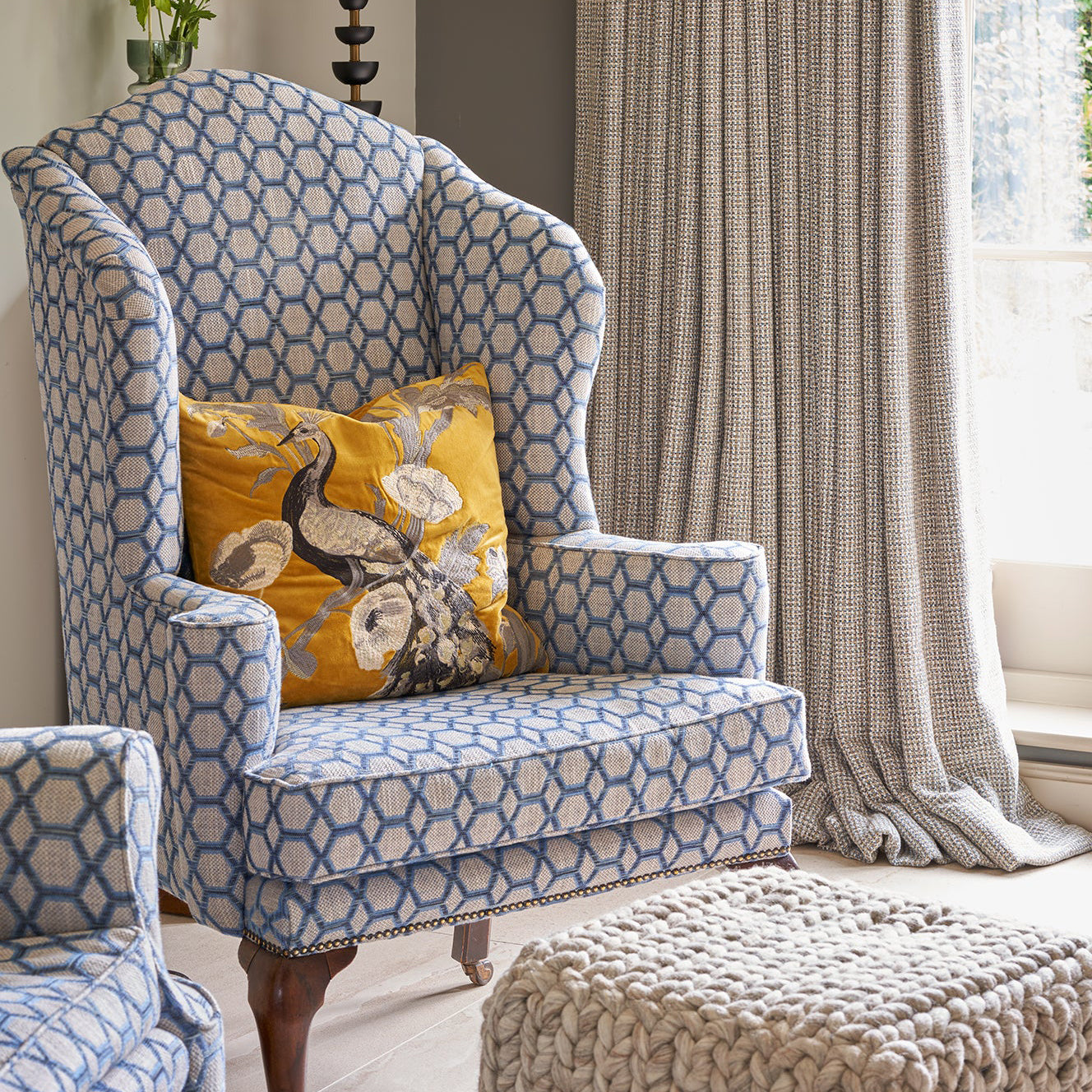MUSINGS, INSPIRATIONS, RECIPES, FEATURES & MORE
LATEST / INTERIORS INSPIRATION / COUNTRY & PERIOD HOUSE GUIDES / MUSINGS / SUSTAINABILITY / FEATURES / HEALTHY LIVING
A HISTORY OF FURNITURE IN COUNTRY HOUSES
Within the walls of a country house, furniture transcends mere utility, becoming a melody harmonising with the rhythms of rural life and social standing. Its story is an intricate tapestry woven through centuries, reflecting changing needs, tastes, and aspirations. From the stark practicality of medieval halls to the opulent drawing-rooms of the Victorian era, each piece of furniture played its part in the grand opera of country house living.
 Two different projects, via House & Garden, that use antique furniture beautifully.
Two different projects, via House & Garden, that use antique furniture beautifully.
In the early chapters, simplicity reigned. Medieval furniture was predominantly functional, crafted from sturdy oak and often serving multiple purposes. The great hall, the heart of the household, housed trestle tables for communal meals, benches for seating, and chests for storing valuables. These rudimentary pieces spoke of a life dominated by survival and shared experiences, where comfort was a secondary concern.
As wealth and refinement seeped into country life, furniture evolved into an emblem of status. The Renaissance brought elaborate carvings, tapestries, and four-poster beds draped in rich fabrics. Drawing rooms emerged, furnished with upholstered chairs and inlaid cabinets showcasing porcelain and silver. This ostentatious display served a dual purpose: proclaiming the owner's prosperity and offering havens for intimate gatherings and intellectual pursuits.
The 17th and 18th centuries saw a surge in craftsmanship and the rise of distinct regional styles. Dutch William chairs with their caned backs and elegant lines found their way into grand parlours, while Jacobean chests with their intricate geometric patterns graced manor bedrooms. Fireplaces became focal points, framed by imposing mantelpieces adorned with classical motifs, lending an air of timeless grandeur.
With the arrival of the 18th century, comfort took center stage. Rococo furniture, with its curved forms and delicate ornamentation, embodied a shift towards ease and leisure. Sofas and armchairs invited languid postures, while chinoiserie screens and porcelain pagodas hinted at a growing fascination with the exotic. Country houses became sanctuaries for refined conversation, music, and card games, with furniture facilitating a softer, more intimate social order.
The Industrial Revolution ushered in a new era of mass production, making furniture more accessible but also diluting its bespoke charm. Victorian country houses grappled with a paradoxical aesthetic, blending opulent pieces inherited from previous generations with mass-produced items in popular styles like Gothic Revival and Second Empire. The drawing-room remained a bastion of grandeur, but the rise of specialised rooms like libraries and smoking rooms reflected a growing emphasis on individual pursuits and personal comfort.
The 20th century witnessed a return to simplicity and practicality. Arts and Crafts furniture, handcrafted from natural materials and emphasizing clean lines, challenged the excesses of Victorian decoration. The rise of the country house weekend brought about a more informal style, with wicker furniture and floral chintzes creating a relaxed atmosphere. Modernist forms began to appear, their sleek lines and uncluttered designs mirroring the changing pace of life.
Today, the story of furniture in country houses continues to evolve. Antique pieces coexist with contemporary designs, reflecting the eclectic tastes of modern life. Open-plan living spaces challenge the rigidity of traditional layouts, while technological advancements like smart furniture blur the lines between function and luxury. Yet, despite these changes, the essence of furniture in country houses remains constant: a silent chorus of objects whispering tales of family, tradition, and the ongoing quest for comfort and status within the ever-changing landscape of rural living.
This is just a glimpse into the rich tapestry of furniture in country houses. Each piece, each style, holds within its form a story waiting to be unraveled. From the weathered oak bench in the ancient hall to the sleek leather armchair in the modern library, furniture echoes the changing seasons of domestic life, serving as a tangible reminder of the generations who have graced these grand walls before us. To truly understand a country house, one must listen to the symphony of purpose and comfort played out by its furniture, appreciating the subtle melodies that speak of lives lived, and legacies inherited.




